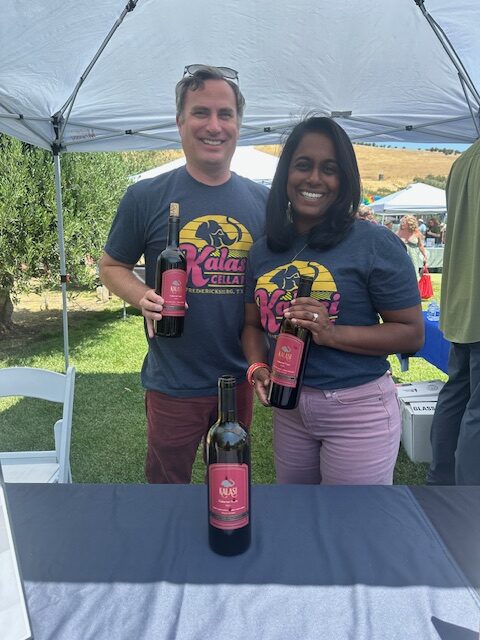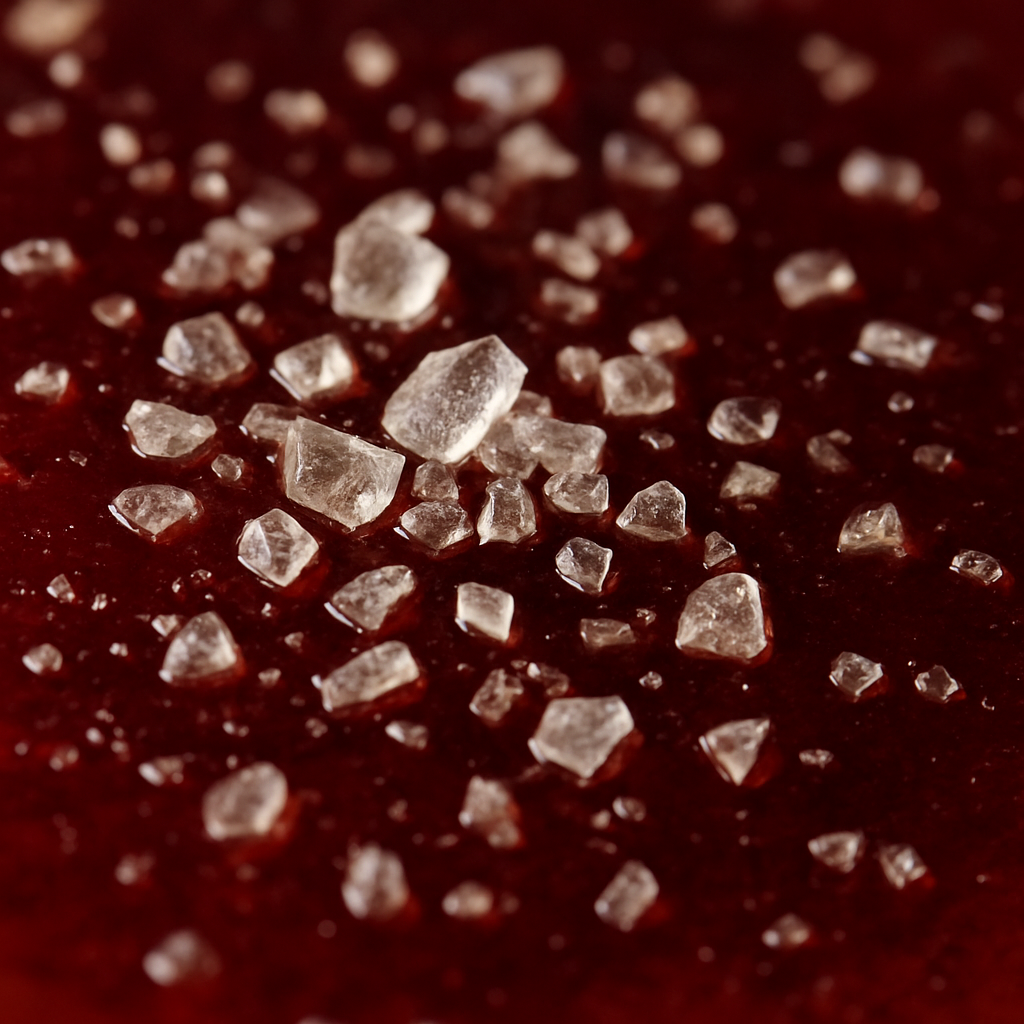June 1, 2025: Hand Bottling Our Estate Grown Wine
When it comes to winemaking, there are near endless decisions that impact the taste and quality of a wine. One such area is bottling. It’s often overlooked, but absolutely critical to achieving a high-quality wine for consumers to enjoy. Last year we made the (slightly) crazy decision to shift to hand bottling after years of using faster, more efficient bottling lines. So why’d we make the change?
Why We Hand Bottle Our Wine
In a world where speed and automation often take center stage, it may seem unusual—even impractical—to hand bottle wine. After all, machines can fill, cork, and label thousands of bottles an hour. But here at Kalasi Cellars, we choose to do it the harder way. And we believe the difference is worth every drop. By bringing bottling in-house, we are able to wait until the wines are perfect to bottle them. There’s no needing to batch 600+ cases to knock out in a day on a bottling truck. If one wine is ready this week, and the other won’t be ready for another month, it’s not an issue with hand bottling.
What Hand Bottling Entails
Every wine ends up in a tank before bottling. If it was barrel aged, like all our reds, we filter the wine out of a barrel and move it into a tank. This blends all barrels together so that we have one wine we’re working to prepare for bottling. Once the wine is filtered and ready for bottling, we hook up a hose from the tank to our bottle filler. The first step is then to sparge the empty bottles with nitrogen. Doing this minimizes the oxygen in the bottles that can diminish the quality of the wine that will soon go in. From here we load the bottles onto filler nozzles. The wine is gravity fed from the reservoir into the bottles of wine via these nozzles. Next up is corking the wine bottles. Our corker creates a vacuum in every bottle before squeezing a cork and inserting it into the bottle. This helps the cork stay seated in the bottle and again minimizes oxygen in the bottle. Once wine is in bottle and corked, we have our first sigh of relief – but we’re not done! The next step is to label our bottles. We load them into our labeler one-by-one. Once the bottle is set into place, the labeler spins the bottle around as it applies our front and back labels. Next up is adhering a capsule to the top of the bottle. These capsules loosely fit on the top of a bottle, then are loaded onto our capsuler. The capsuler raises the bottle up and then uses some fast spinning rollers to tighten the capsules into place. It’s a lot of work, but we can bottle around 45 cases of wine an hour.
A Labor of Love
Hand bottling is not the easiest route. It takes time, attention, and a lot of teamwork. But for us, it’s a labor of love. Each bottle that passes through our hands has been months—sometimes years—in the making. Bottling by hand allows us to honor that journey and make sure every wine is treated with the respect it deserves.
Precision and Quality
When we bottle by hand, we’re able to catch things that machines often miss—like a slight imperfection in a cork, a label that’s just off-center, or a bottle that isn’t quite right. It gives us full control over the final presentation of the wine, ensuring that what ends up in your hands is as close to perfect as we can make it.
Small Batches, Big Character
Our wines are made in small batches, often from unique varietals. These aren’t mass-produced wines—they’re handcrafted, just like the bottling process itself. Hand bottling is the natural extension of our winemaking: intentional, thoughtful, and deeply personal.
Tradition and Connection
There’s also something incredibly grounding about bottling wine by hand. It connects us to generations of winemakers who did the same, long before bottling lines existed. It reminds us that wine is more than just a beverage—it’s a tradition, a story, and a shared experience.
You Can Taste the Difference
We truly believe that the care and attention we pour into every bottle makes its way into the glass. When you uncork a bottle of Kalasi wine, you’re not just tasting the terroir, the grapes, and the vintage—you’re tasting our commitment to quality, our respect for the process, and our love for the craft.
So the next time you enjoy one of our wines, know that it was bottled with hands—not machines. And that makes all the difference.


